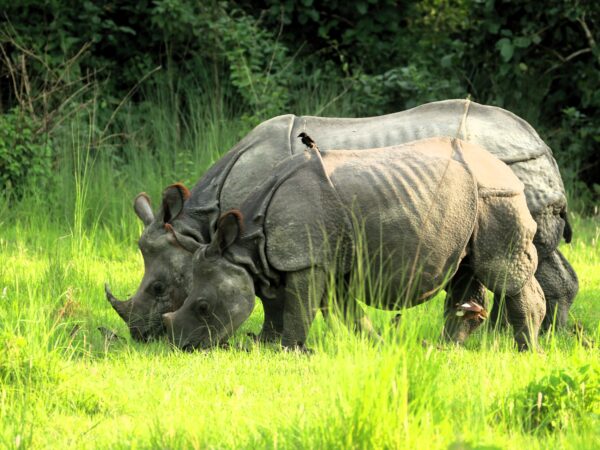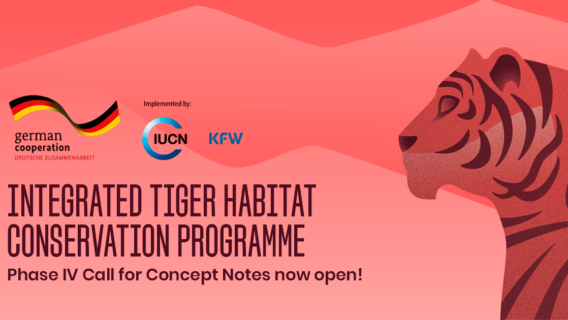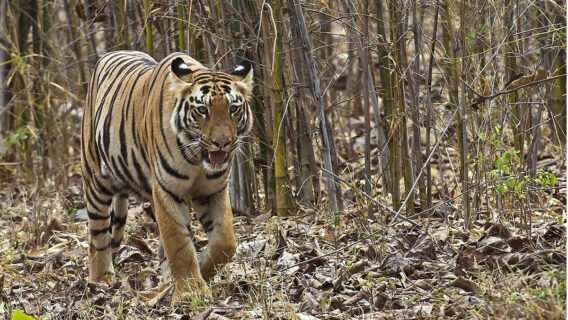
Habitat restoration and community livelihood for rhino conservation in Chitwan, Nepal
Project description
The buffer zone from Lamichaur to Amaltari in the western sector of Chitwan National Park is a vital rhino habitat, sustained by lush riverine floodplains and wetlands. While past community-led efforts have supported rhino population growth, grassland areas have now reached climax succession or been overrun by Invasive Alien Species (IAS), degrading habitat quality. In Namuna BZCF, IAS covers 20–40% of forest areas, displacing palatable grasses and threatening wildlife.
Threats

Habitat loss & degradation

Invasive alien species
This project adopts a community-led approach to restore 75 hectares of grassland and 25 hectares of degraded forest through natural regeneration, and to revive one waterhole using renewable technology for year-round replenishment. Removed IAS will be used to produce bio-briquettes, creating income for 45 locals, improving services in 30 homestays, and training 15 nature guides. Educational outreach will engage 1,500 students and 400 local people. Over time, this will restore forest corridors, reduce human–rhino conflict, and support rhino conservation.
Project objectives
- To restore 100 hectares (ha) of natural habitat using participatory approaches, including the removal of Invasive Alien Species (IAS) from 75 ha of grassland, the promotion of natural regeneration on 25 ha of degraded forest, and the restoration of one wetland using Renewable Energy Technology (RET).
- To promote the community conservancy model by improving and diversifying local livelihoods through the production of bio-briquettes as a nature-based solution.
- To enhance the knowledge of 1,500 students and 400 community members through 30 sensitisation and awareness programmes aimed at fostering positive attitudes towards rhino conservation and habitat management.
Project activities
- Monthly grassland management activities will be conducted over a period of nine months, focusing on the removal of Invasive Alien Species (IAS) across 75 hectares. These efforts will actively engage and build the capacity of 45 forest user group members.
- To restore 25 hectares of degraded forest, the project will promote natural regeneration by involving local community members in restoration efforts.
- A solar-powered pump will be installed at a strategically selected waterhole to ensure consistent water availability throughout the year.
- The project will support the installation of a bio-briquette manufacturing plant and provide comprehensive training to 45 locals on converting IAS biomass into bio-briquettes, offering a sustainable livelihood option.
- To raise awareness, 30 educational programmes will be conducted, reaching 1,500 students and 400 community members. These sessions will use information, education, and communication (IEC) materials, along with interactive tools such as animated videos, multimedia presentations, and art competitions to promote rhino conservation and habitat management.
This project is implemented by Himalayan Nature, Nepal




